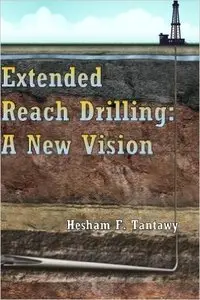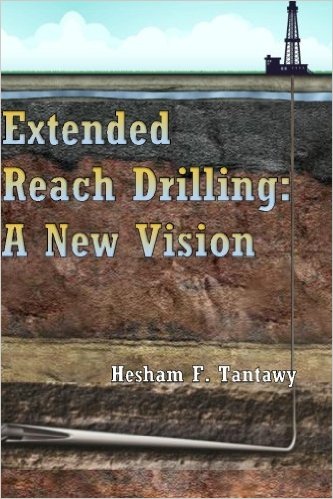Extended Reach Drilling: A New Vision: Analysing the Effect of the Reelwell Drilling Method on Extending the Reach Beyond the Current Limit by Hesham F. Tantawy
English | Sep. 5, 2014 | ISBN: 151929820X | 134 Pages | PDF | 9.44 MB
English | Sep. 5, 2014 | ISBN: 151929820X | 134 Pages | PDF | 9.44 MB
One of the complex drilling techniques the Oil and Gas industry was urged to develop is Extended Reach Drilling. The main motive was to reach inaccessible resources and reduce field development costs, and hence maximize value by adding more reserves. It was firstly developed and employed more than thirty years ago as an evolution to the Horizontal or highly deviated drilling. It is commonly defined as wells in which the ratio of the horizontal departure to vertical depth is equal or greater than two. Although it is more expensive to plan Extended Reach Wells compared to vertical wells, it can still be economic by reducing the number of wells needed to develop a certain field. For its remarkable uses and promising potential, this technique is attracting interest and more wells are drilled annually using it. Operator companies always seek to extend the reach of that kind of wells to access resources at longer step-out so that its value is improved. The current record is set in Russia where around twenty wells were drilled on Sakhalin-1 project and have occupied the top of the longest wells ever drilled. The longest of them has reached a measured depth of 12,700 m. These wells are often limited torque and drag, hydraulics, hole cleaning issues, wellbore instability, or the lack of sufficient weight on bit. During the 1990s, a news method to drill wells was patented. It was motivated by the need for efficient hole cleaning and extra weight on bit in coiled tubing drilling. It was named the Reelwell Drilling Method and was developed during the 2000s. It is supposed to provide solutions to key Extended Reach Drilling issues that limit the step-out and hence could extend the reach beyond the limit reached by conventional drilling. Hereafter, this new technology is identified and compared to conventional drilling through a fictional case study to quantify the difference.



